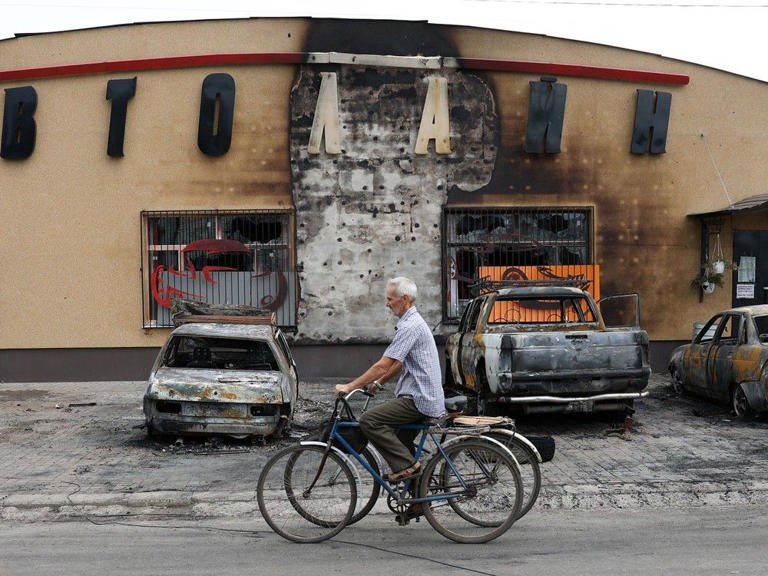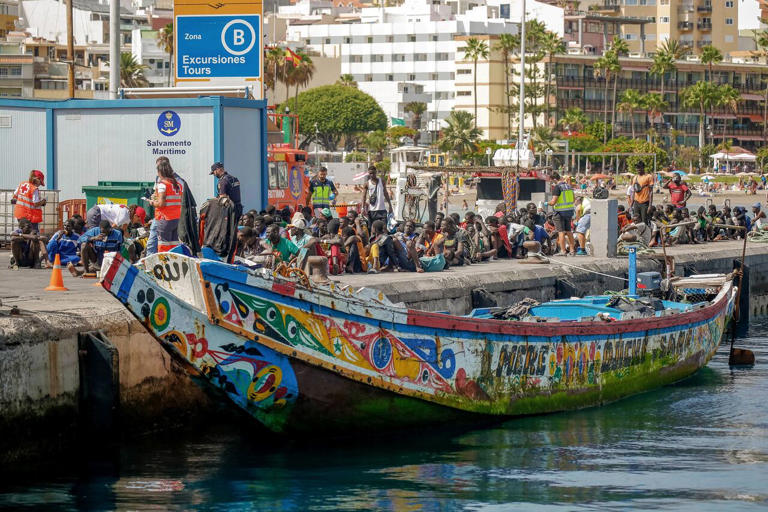
RENO, Nev. (AP) — In a reversal that marks a significant victory for conservationists, federal officials have decided to “revisit” the 2021 environmental review that cleared the way for construction of a geothermal power plant in Nevada where an endangered toad lives.
Environmentalists and tribal leaders suing to block the project said the move will trigger an unprecedented third review of the partially built power plant that they say the Bureau of Land Management illegally approved in December 2021.
“This vindicates what we've been saying for years,” said Patrick Donnelly, Great Basin director at the Center for Biological Diversity. “The federal government’s environmental review was flawed and it never should’ve approved the project."
Justice Department lawyers representing the bureau didn't specify in court documents last week whether the agency intends to conduct a supplemental analysis of the potential impacts of the project or scrap the previous review and initiate an entirely new one required under the National Environmental Policy Act. They also didn't say what prompted the agency to reverse its earlier position that additional review was unnecessary.
But either way the decision means it will be several months or potentially more than a year before Ormat Technologies can resume construction of the plant it started building last year in the Dixie Meadows, about 100 miles (160 kilometers) east of Reno.
“I really can’t guess because there’s so much that remains up in the air, but I would say we are looking at a years’ long process,” Scott Lake, a lawyer for the Center for Conservation Biology, said on Friday.
The conflict underscores challenges President Joe Biden has repeatedly faced in vowing to protect fish and wildlife while also pushing the development of so-called green energy projects on U.S. lands to help combat climate change.
The center and the Fallon Paiute-Shoshone Tribe first sued the bureau in federal court in Reno in January 2022. The U.S. Fish and Wildlife Service declared the Dixie Valley toad endangered on an emergency basis that April and then made the listing permanent in December.
The opponents say pumping hot water from beneath the earth’s surface to generate carbon-free power would adversely affect the levels and temperatures of surface water critical to the survival of the toad. The area is the only place the toad is known to exist on earth. The hot springs that feed the wetlands are sacred to the tribe, the lawsuit says.
The Fish and Wildlife Service concluded in its listing decision the project posed the single biggest threat to the toad and that “threatened species status is not appropriate because the threat of extinction is imminent.”
Last summer, a U.S. appeals court refused to grant a temporary injunction blocking construction of the 60 megawatt power plant. But hours later, Ormat announced that it had agreed to temporarily suspend all work. Then, in late October, the company asked for the case to be put on hold while it developed a smaller plan.
U.S. District Judge Robert C. Jones formally stayed the case in February.
BLM subsequently rescinded its approval of the original project and approved plans for a scaled-down plant that would produce only about one-fourth as much power. But the agency said construction couldn't resume until it completed consultation with the Fish and Wildlife Service and the service agreed it would not jeopardize the survival of the toad — as required under the Endangered Species Act.
The bureau said earlier this year it anticipated consultation with the Fish and Wildlife Service would be completed sometime this summer.
But its lawyers said in a July 5 court filing that “while BLM has been diligently working to complete a biological assessment, it has not yet done so.”
“As a result of its ESA consultation efforts and new information it has determined that it would be prudent to revisit the environmental review underlying the project,” they wrote. “BLM does not intend to authorize any such new construction until the conclusion of the environmental review.”
Reno-based Ormat, the second largest U.S. producer of geothermal power behind Texas-based Calpine, said in a statement last week it supported additional review.
“Consistent with Ormat’s track record of environmental stewardship, we are confident that additional NEPA review will support responsible development of Dixie Meadows, and will ensure Ormat is taking the necessary steps to mitigate any environmental impact," Ormat CEO Doron Blachar said.
Ormat said in a report to security holders in March that the company “believes it has strong legal defenses against the present claims, however, there can be no assurances regarding the resolution of these proceedings.”
“As a result, at this time, the company cannot reasonably predict the ultimate outcome of this litigation or regulatory process or estimate the possible loss or range of loss it may bear, if any.”
Scott Sonner, The Associated Press








